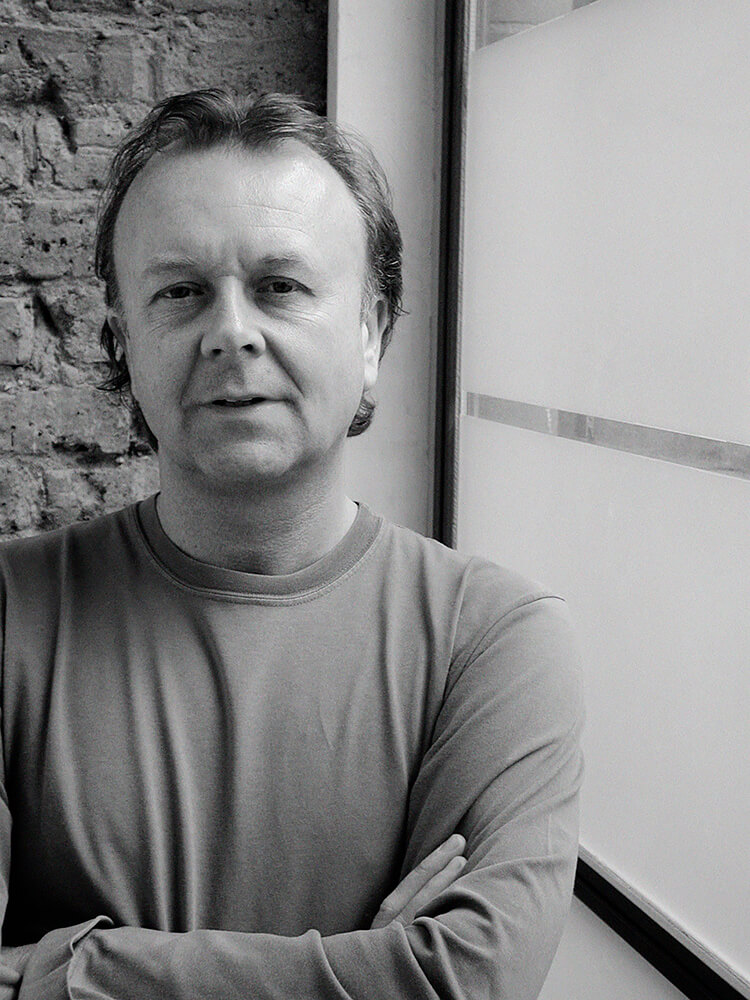David Stewart began his career by photographing punk bands including The Clash and The Ramones.
He also took to photographing the passing parade of colourful characters on Morecambe Promenade with squirrel monkey's Joey and Queenie.
After graduating at Blackpool and The Fylde College, Stewart moved to London in 1981 where he persued a career in photography, rapidly establishing himself as one of the UK's most highly accomplished photographers.
In 1995 he directed and produced a short film "Cabbage" which was nominated for a BAFTA. Accompanying the film is a series of surrealist photographic images in tribute to the much-maligned vegetable.
In 2001 he published a body of work titled Fogeys comprising of kitsch, cartoon-like photographs of people growing old disgracefully.
Exhibited at the Institute of Contemporary Art London "Fogeys" won a Silver Award at the Art Directors Club of New York.
The book "Thrice Removed" was published in 2009. While still singular and mischievous, the book includes works that are more muted in colour and personal in tone. The projects "Indecision" and "Intension" return once again to the surreal providing an intriguing study of young women. "Teenage Pre-occupation" which takes a look at teenagers and the changes they go through and was published in May 2013. The short film "Stray" 2013 was screened at the London Short Film festival.
Stewart won The Taylor Wessing portrait prize in 2015.
He had been previously shortlisted for the Photographic Portrait Prize in 2007 and accepted a further fourteen times between 1995 and 2012 each time exhibited at the National Portrait Gallery, London.
In 2016 Stewart was presented with The Royal Photographic Society award for outstanding achievement and excellence in the fields of Editorial, Advertising and Fashion Photography. 2018 saw the publication of "Paid Content" which uses the setting of the advertising agency to explore the changing face of workplace culture and the wider dehumanising effect that is occurring due to the growth of large, faceless corporations and globalisation.
2020 saw the publication of "Geoffrey Valentine" which presents unflinching portraits of his dead father lying in a coffin in a chapel of rest.
Geoffrey Valentine at Wren London